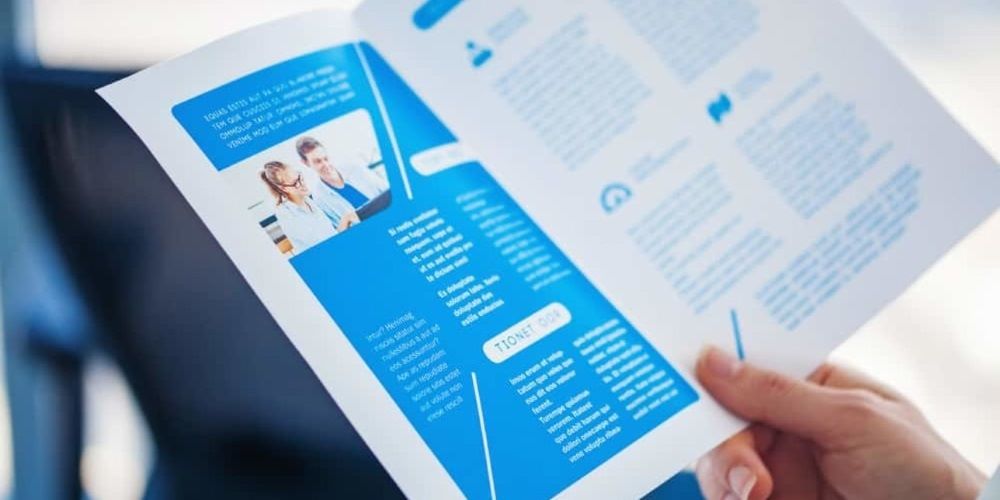Whilst we are all spending so much time on the internet, ‘online’ looks like the ‘be all and end all’ of marketing. But don’t make the mistake of disregarding the more traditional forms of direct marketing such as a company brochure, they are a useful and tangible information tool which can set you apart from your competition and help you to gain more customers, if done well.
DON’T TRY TO BE EVERYTHING TO ALL
Most companies can identify more than one type of customer that they serve and are targeting. Perhaps your clients are commercial as well as domestic or in the private sector and the public or your customers have different areas of specialism such as IT executives versus HR consultants. I bet you can identify different segments with very different requirements and solutions that you offer. So why try to create one brochure that provides information on all your services that speaks to everyone and therefore no-one at all. Create separate brochures that target each customer type, some pages may be the same within the brochure and you could opt for a folder style brochure with individual factsheets.
GIVE YOUR BROCHURE A HUMAN VOICE
Write your brochure in ‘first person’ so that you are talking TO the customer rather than at them. Of course, we can help you with this but if you would rather write it yourself, when writing it, be sure to say ‘we can do this for you’ rather than ‘the company can do this for you’. Use an ‘active’ voice rather than a ‘passive’ voice so instead of saying ‘when working with clients, we maintain a high standard’ use ‘ we maintain a very high standard when working with clients’.
Another tip is to avoid over used words and phrases like ‘high quality’. Instead, stipulate what this means in your company. For instance, does it mean you return calls within an hour, are error-free or that your reports are 99% accurate?
FOCUS ON THE BENEFITS
Quite often, many companies make the mistake of talking about the product features instead of the customer’s benefits. Don’t confuse the two. Features are the characteristics of your product or service. A benefit is something of value or usefulness. Customers are looking for solutions and a benefit shows the customer how your features will solve their problems or ease their pain. For example, what is the value to a customer of a digital camera that shoots up to 10 megapixels? The benefit stated to a potential buyer could be that more megapixels will produce a better photo and a better way to capture important memories; this will mean more to the customer than a technical description.
CALL TO ACTION
The aim of the brochure is usually to convert a prospect into a buying customer so include a strong call to action to encourage them to transact with you. This would usually be a discount if purchasing within a specified time frame, a reply paid coupon, free gift or a free estimate.
INCLUDE CONTACT INFORMATION
It sounds obvious, but it does get overlooked. Don’t forget your company address, telephone number, email, website address and social media icons.
HOW DOES IT FEEL?
Avoid the temptation to reduce the weight or size just to cut cost. The weight, texture and overall feel are some of the first things someone will notice about your brochure. This is not a direct mail piece where weight and size are key, a brochure is given to people that have already expressed some form of interest in your company so spend a little more to create a brochure that gives people confidence that you are a company they want to do business with.

